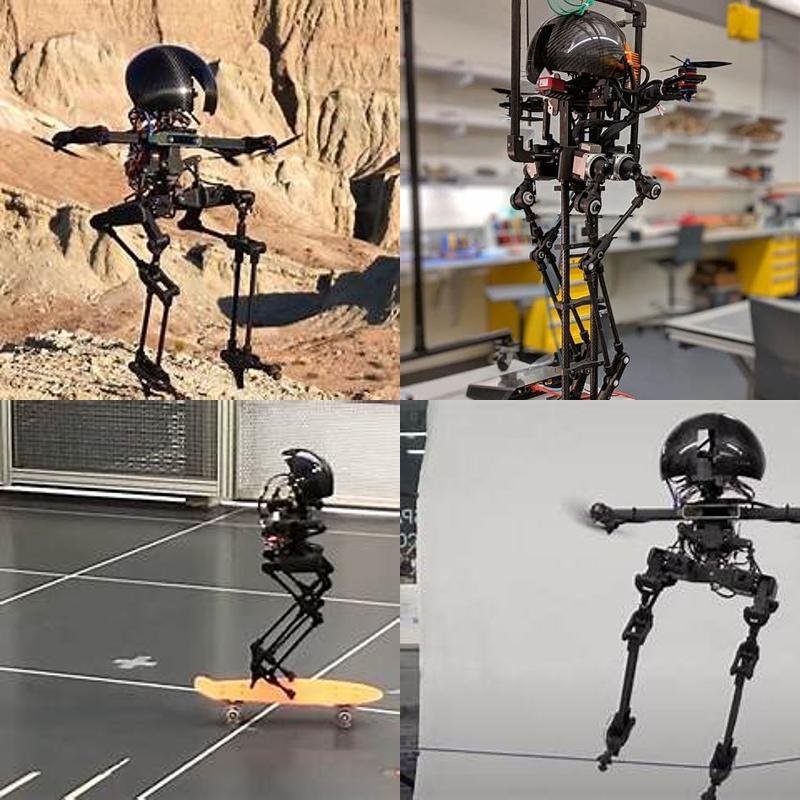Imagine a robot that can stroll down a hallway like a human—and then lift off into the air like a bird. Meet LEONARDO (LEgs ONboARD drOne), an extraordinary creation from the brilliant minds at Caltech’s Center for Autonomous Systems and Technologies (CAST). It’s a revolutionary blend of bipedal walking and aerial flight, pushing the boundaries of what robots can do.
https://www.youtube.com/watch?v=H1_OpWiyijU
🤖 What Makes LEONARDO Unique?
At first glance, LEONARDO looks like a sleek, mini-humanoid robot—complete with two mechanical legs and arms. But a closer look reveals its secret weapon: small drone-like propellers mounted on its shoulders.
These propellers aren’t just for show. They help LEONARDO:
-
Maintain balance during walking and jumping,
-
Execute smoother, more controlled jumps, and
-
Fly short distances when walking alone isn’t enough.
This hybrid locomotion approach—walking and flying—gives LEONARDO unmatched versatility compared to traditional robots that only do one or the other.
⚙️ How Does LEONARDO Work?
LEONARDO’s legs are designed to closely mimic human leg movement, allowing it to:
-
Walk,
-
Run,
-
Jump, and even
-
Balance on slacklines or skateboards!
But when terrain gets tricky, the robot’s rotor thrusters activate, adding lift and dynamic control. The propellers:
-
Help adjust posture mid-air,
-
Provide thrust and stabilization, and
-
Even allow brief flight or hovering to bypass obstacles.
This unique combination of mechanical and aerodynamic control gives LEONARDO an edge over purely terrestrial or aerial robots.
🌍 Why Does LEONARDO Matter?
LEONARDO’s design solves two of the hardest challenges in robotics: stability and mobility.
By combining legs and propellers, this robot can:
-
Cross uneven or unstable ground,
-
Operate in tight or vertical spaces,
-
Navigate disaster zones, or
-
Maneuver through dense urban environments.
But its impact goes beyond locomotion. LEONARDO shows how biomimicry—designing machines inspired by animals—can push robotic innovation further than ever before. Just like birds adjust flight with their wings, LEONARDO combines agility, balance, and thrust in harmony.
🚀 The Future: Robots That Soar
LEONARDO isn’t just walking into the future—it’s flying there.
This hybrid robot shows us that the next generation of humanoids might not be limited by terrain or gravity. Instead, they’ll adapt like animals, using multiple modes of movement to meet the demands of the environment.
From emergency response to planetary exploration, LEONARDO represents a leap (and a lift-off) toward a world where robots do more than walk—they fly, balance, and adapt.
🧠 Fun Fact
LEONARDO can ride a skateboard and walk a slackline using both its legs and propeller controls—a balance feat even humans find difficult!

